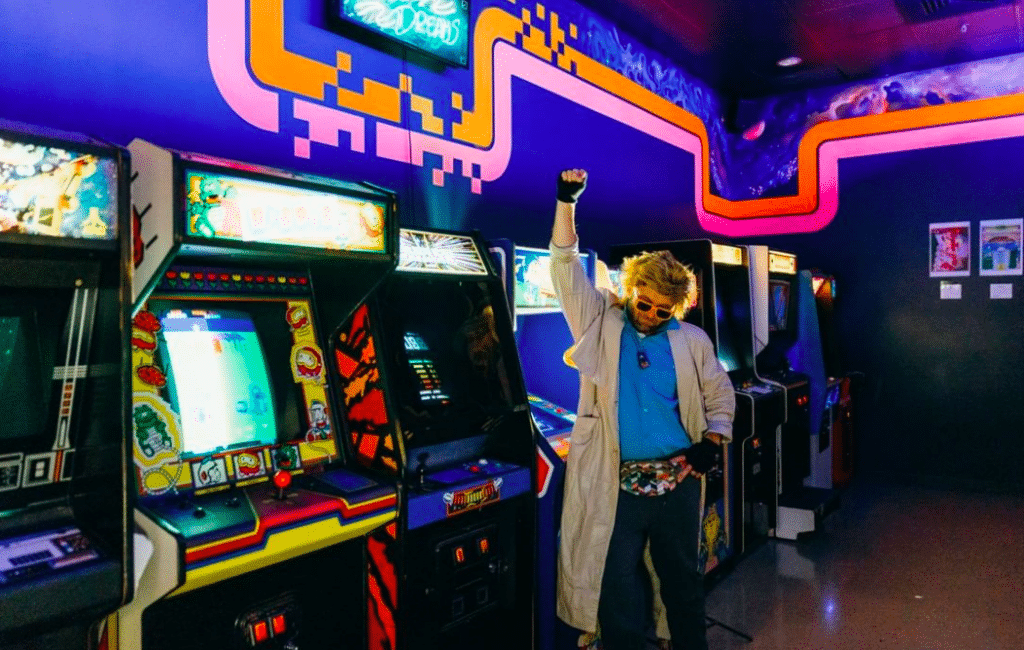Retro gaming has a long and fascinating history, dating back to the early days of video game technology. In the 1970s, the first arcade games were created, and they quickly became a sensation. The first commercially successful arcade game was “Computer Space” by Nutting Associates in 1971, followed by “Pong” by Atari in 1972.
These early arcade games laid the foundation for the modern video game industry, and they inspired a new generation of gamers. As technology advanced, home consoles like the Atari 2600 and the ColecoVision began to appear, bringing arcade-style gaming into people’s homes.
During the 1980s, video games continued to evolve and grow in popularity. The introduction of 8-bit consoles like the Nintendo Entertainment System (NES) and the Sega Master System, and the 16-bit consoles like the Super Nintendo Entertainment System (SNES) and the Sega Genesis, brought more advanced graphics and gameplay to players.
As the technology improved, games became more immersive, and new genres like platformers, fighting games, and first-person shooters emerged. The popularity of video games reached a peak in the late 1990s, with the release of the Sony PlayStation and the Nintendo 64.
However, as the 2000s arrived, the industry started to shift towards the online gaming and mobile gaming. The popularity of the retro gaming experienced a decline. But as the nostalgia for these classic games grew, so did the interest in preserving them. A new generation of gamers started to discover the joys of retro gaming, and the market for retro games and consoles began to grow once again.
Today, retro gaming is experiencing a resurgence, as more and more people are rediscovering the classic games of their childhood. The history of retro gaming is a testament to the enduring appeal of these classic titles and the nostalgia that they evoke.

